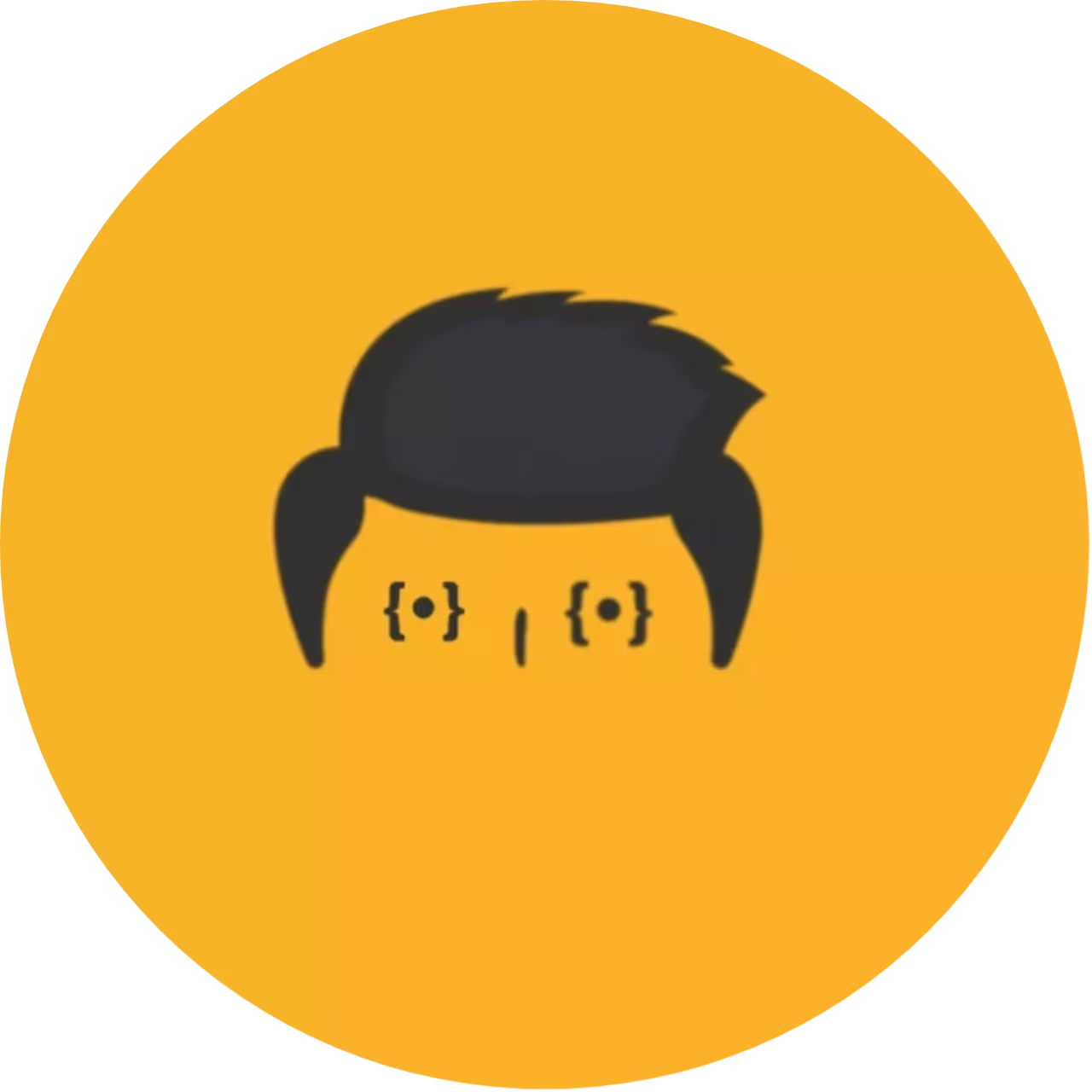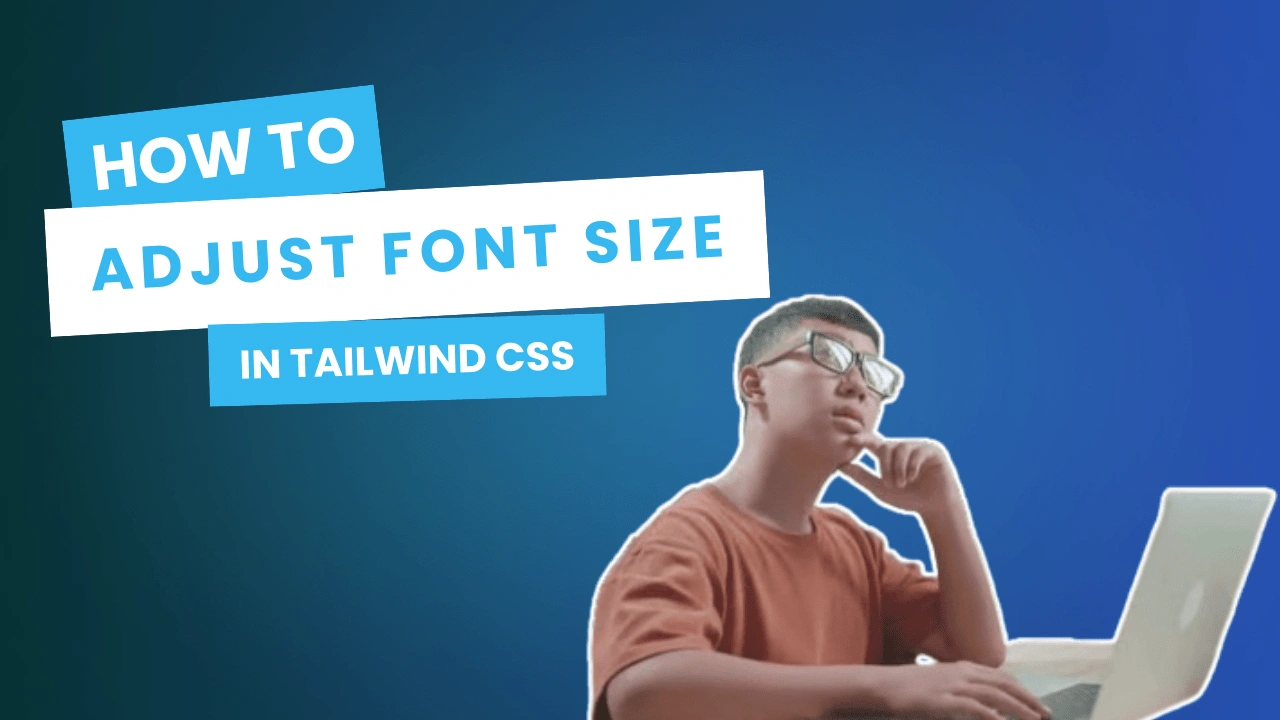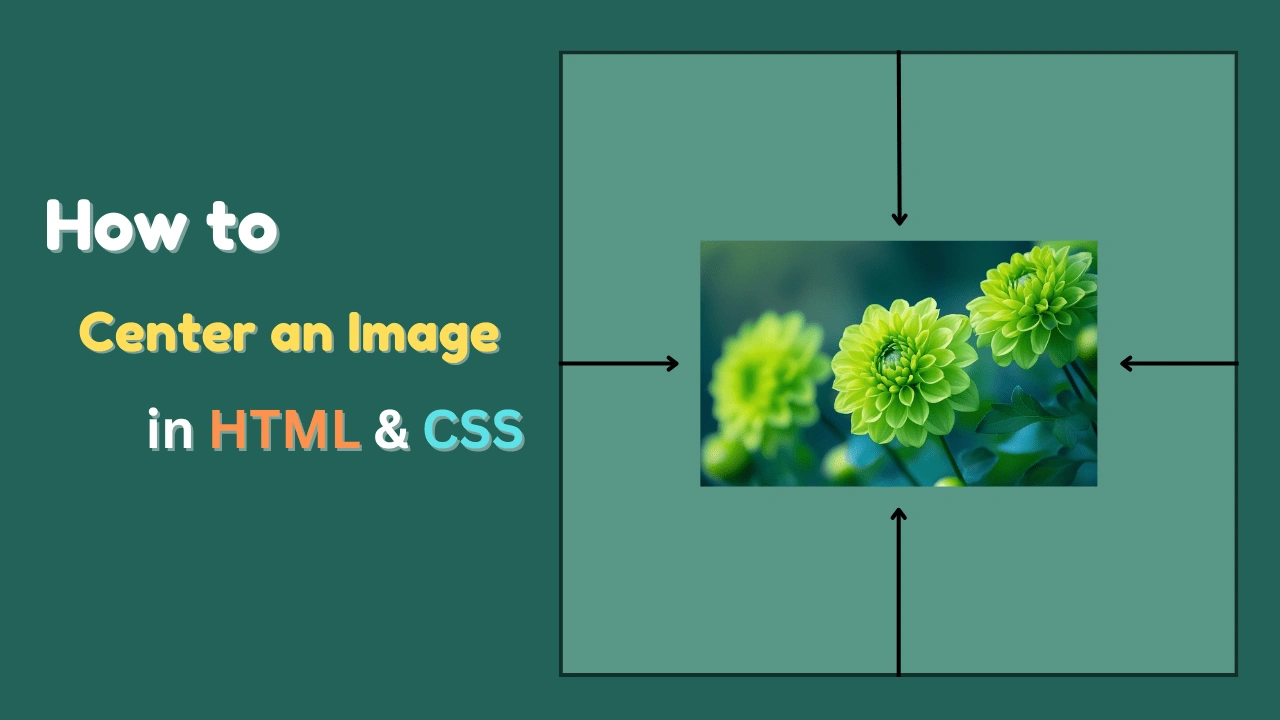Starting your coding journey can feel overwhelming, but trust me, it’s not as scary as it seems. I remember when I began, I didn’t even know how to write a single line of code. Today, I’m here to help you take those first steps and guide you through the process. By the end of this guide, you’ll have a clear roadmap to start coding, even if you’ve never done it before.
Why Start Coding?
Coding isn’t just for tech geniuses or math wizards. It’s a skill that opens doors to exciting careers, helps you create amazing projects, and even boosts your problem-solving skills. Whether you’re aiming to become a software developer, build your own app, website, or just explore something new, coding is for everyone.
How to Start Coding From Zero Level in 2025
Step 1: Understand the Basics
Before diving into coding, it’s important to understand what coding is:
- Coding is giving instructions to a computer to perform tasks.
- Programming languages are tools to write those instructions.
Which Language Should You Learn First?
If you’re completely new to coding, I recommend starting with Python. Here’s why:
- It’s beginner-friendly and has a simple syntax.
- Widely used in various fields like web development, data science, and automation.
- Plenty of resources and a supportive community to help you learn.
Other languages to consider as you progress:
- HTML and CSS: For creating and styling web pages.
- JavaScript: For adding interactivity to websites.
Step 2: Choose the Right Tools
You don’t need a supercomputer to start coding. Here’s what you’ll need:
- A computer or laptop: Any basic model will do.
- A text editor or IDE (Integrated Development Environment): I recommend starting with free options like:
- Visual Studio Code
- PyCharm (for Python)
- Replit (a browser-based coding platform).
- Internet connection: For accessing tutorials, courses, and resources.
Step 3: Start Learning With Free Resources
There are countless resources online to learn coding for free. Here are a few I’ve found helpful:
- YouTube Channels:
- Websites:
- Codecademy (free basic courses)
- W3Schools (great for HTML, CSS, and JavaScript basics)
- Kaggle (for learning Python through projects).
- Interactive Platforms:
- Code.org (perfect for absolute beginners).
Pro Tip: Start with a Python course for beginners, then move on to small projects to solidify your learning.
Step 4: Practice, Practice, Practice
Coding is a skill, and like any skill, you get better with practice. Start with small projects:
- Write a Python program to calculate the sum of two numbers.
- Create a simple game like a number guessing game.
- Build a basic web page using HTML and CSS.
Make it a habit to code daily, even if it’s just for 20-30 minutes. Regular practice is key to improving.
Also Read:
- Top 10 Best CSS Frameworks for Developers and Designers in 2025
- The Best Programming Languages for Web Development in 2025
Step 5: Join a Community
Learning coding alone can sometimes feel isolating. Joining a community can:
- Keep you motivated.
- Help you get answers to your questions.
- Connect you with others on the same journey.
Here are some communities you can join:
- Reddit: Subreddits like r/learnprogramming.
- Discord: Coding servers for beginners.
- Local coding meetups: Look for groups on Meetup.com.
Step 6: Build Projects and Share Them
Once you’ve got the basics down, start building projects. It’s the best way to learn and showcase your skills. Some ideas for beginners:
- A personal portfolio website.
- A simple calculator.
- A weather app using Python.
Share your projects on GitHub and LinkedIn to get feedback and connect with others.
Step 7: Never Stop Learning
Coding is an ever-evolving field, and there’s always something new to learn. As you progress, explore more advanced topics like:
- JavaScript (for dynamic websites).
- Databases (like MySQL or MongoDB).
- Frameworks (like React or Django).
Set small goals, stay curious, and enjoy the process of learning.
Final Words
Starting coding from zero level might seem daunting, but remember, everyone starts somewhere. Take it one step at a time, stay consistent, and don’t be afraid to make mistakes—that’s how you learn. By following this guide, you’ll not only learn how to code but also discover a whole new world of possibilities.
So, what are you waiting for? Let’s start coding today!









Leave a Reply